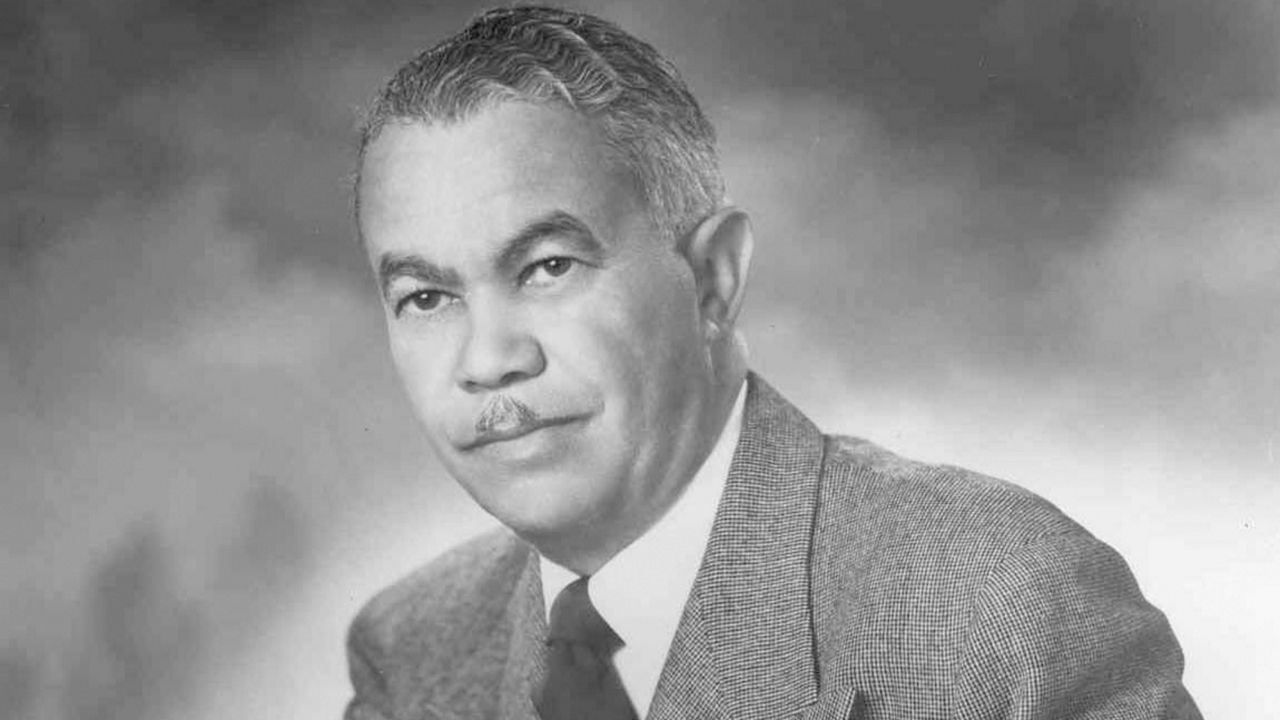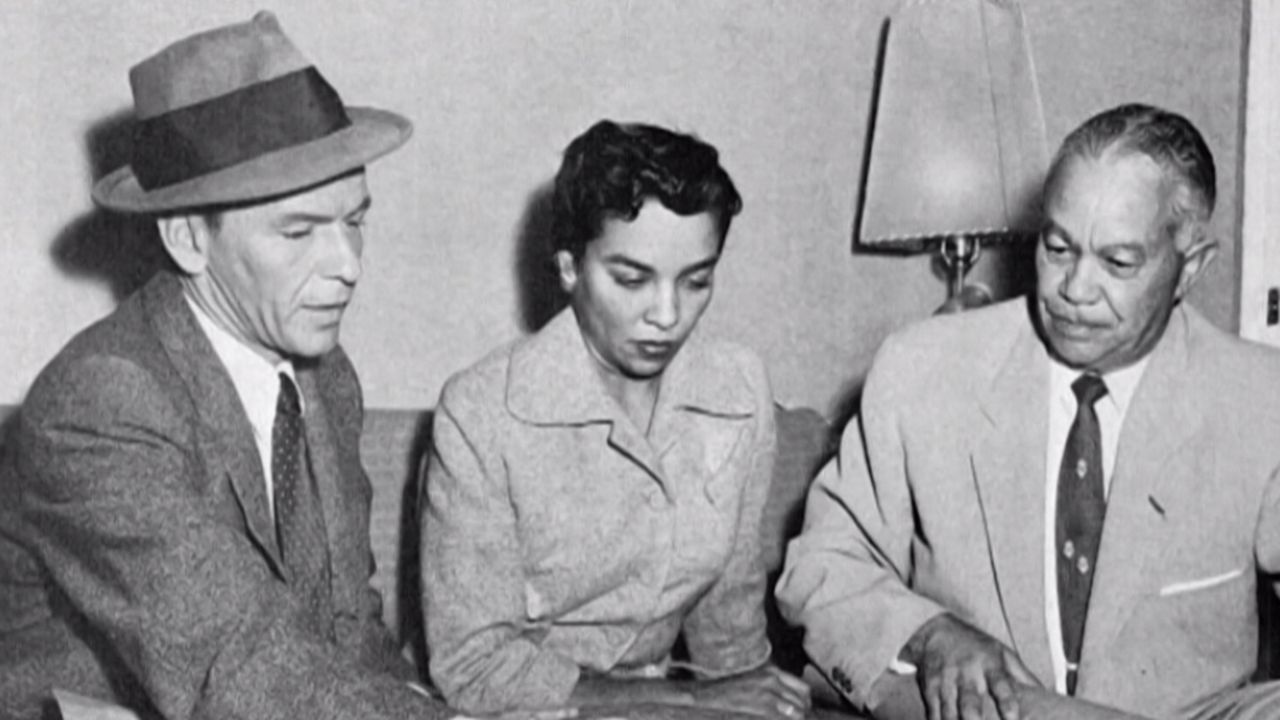LOS ANGELES — From the outside, the house at 1271 West 35th St. looks to be abandoned and decaying, but if the walls could talk, they’d tell a complex story of a segregated city and the talented architect who lived here while designing opulent homes for Hollywood’s elite.
Inside there are some original details still present in the 1905 craftsman style bungalow, and some that are missing.
“There’s no door in there,” architect John Arnold said, pulling a piece of molding away from a wall to reveal an empty space that once housed a pocket door.
Arnold, who lives three miles away, didn’t buy this house for its good bones or its proximity to USC. He bought it for its significance. For 30 years, this was the home of Paul Revere Williams.
“Paul Williams is one of the most famous architects,” he said. “He has left his mark all over Los Angeles.”

And all over this house. Over three decades, Williams made plenty of upgrades. There’s the curved arch near the fireplace, the wrought iron detail on the patio, and a white paneled front room which Arnold believes was his office.
“He did a lot of signature things. Painted it white, for example. Louvered doors, the skinny columns,” he said, “It really has that Paul Williams feel to it.”
But his favorite feature is a smaller building out back — the playroom, Williams called it.
“It’s symmetrical. It has his pyramidal roof,” Arnold said of the building’s design. When he purchased the property in January, he had no idea what he would find inside this addition. “It was full of junk up to the rafters. We couldn’t visualize it. But once we got the junk out, all of this building’s treasures came out.”
Treasures which made it clear. This was a playroom for adults, not children.
“So come into the wet bar area,” Arnold said, grinning as he disappeared behind a wall that swung open a moment later. “Open the doors, flip the bar out, serve your drinks. And if you had a cart, the cart comes through the doors at the bottom and you can wheel the cart out to serve your guests.
Or famous clients, of which Williams had many. A pioneer in his field, Williams was the first Black member — and later the first Black fellow — of the American Institute of Architects. Much of his work was designing homes for Hollywood’s who’s who in the swankiest of neighborhoods … places where he himself could not live because of racial covenants that explicitly barred specific populations, Blacks or Jews, for instance, from purchasing property.

“Today I sketched the preliminary plans for a large country house which will be erected in one of the most beautiful residential districts in the world,” Williams wrote in an essay published in 1937. “Sometimes I have dreamed of living there. I could afford such a home. But this evening, I returned to my own small, inexpensive home... in a comparatively undesirable section of Los Angeles. I must always live in that locality, or in another like it, because...I am a Negro.”
When the racial covenants were finally lifted, he sold his home and moved to one he designed in Lafayette Square. Over the next half a century, the house fell into disrepair and after the last owner died, sat empty and deteriorating. It was finally put on the market and listed for redevelopment — destined to be torn down.
Adrian Scott Fine of the Los Angeles Conservancy says that would have been a profound loss.
“This house isn’t architecturally significant, it’s culturally significant,” Fine said. “And if you want to tell the story of Paul Williams, this is the house that tells a story of his experience as a Black man that experienced racial segregation, discrimination.”
He understands wanting to develop the site. He knows there’s a housing crisis in the city, but preserving sites like this isn’t just saving an old home, he says. It’s preserving history.
“As LA is growing and changing and responding to housing needs and all the kinds of things that a big city needs to address, we also need to keep our history intact,” Fine explained. “If you can’t kind of touch and see and feel the space, it’s just not as real.”
The LA Conservancy worked to get the house named a historic-cultural monument which paused the demolition, buying them time to hopefully find someone to purchase and restore it. And Arnold admits he was the logical person. Not only does he appreciate the home’s history, he had already restored his own home in Jefferson Park, and while this one was in far worse shape, he understands the process and knows it’s doable. His goal is to restore and eventually rent it — both the main house and a renovated playroom that will be converted into a one bedroom.
He’s been in the community a long time and predicts that in a decade the whole block could be multi-unit complexes. He saw this is as his last opportunity to do something significant for the neighborhood.
“It’s just really important to the history of the neighborhood and the history of the Black experience in Los Angeles,” he said. “And this is where a lot of his work happened. He was living here. And that’s … it’s humbling.”
And while it may barely have a roof now, once finished, he hopes it will serve as a window into Williams’ life and LA history for decades to come.



